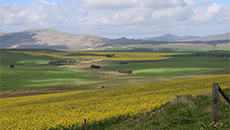
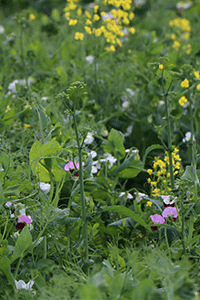
Following a need for members to find alternative crops' seed, Grain SA set out to gauge availability from various suppliers for the different alternative crops.
Examples of alternative crops are:
Small grains
• Forage Barley, Saia Oats, Feed Rye, Rye, Feed / Silage Oats, Korog
Grasses
• Moderate Grasses, Subtropical Grasses, Tropical Grasses, Forage Sorghum, Sweet Sorghum, Babala, Tef Grass
Legumes
• Roosters, Weeks, Lucerne, Faba Bone, Serradella, Medics, Bitter Lupiene, Annual Claws, Perennial Claws, Dolichos Bone, Sun Shirt, Field Beans, Desmodium, Sainfoin
Root Crops and Brassicas
• Japanese Radish, Feed Radish, Tiller Radish, Summer Radish, Feed Rape, Feed Beet
Herbs
• Chicory, Plantain
Bio-smokers
• White Mustard, Brown Mustard, Leaf frame
Polinators
• Phacelia
|
Company |
Contact person |
Contact number |
Email address |
|
Agricol |
Christof Muller |
C: 060 579 9579 |
|
|
Barenbrug |
Jaco Kellerman |
C: 082 940 8383 |
|
|
AGT Foods |
Maryana Odendaal |
C: 074 750 1845 |
|
|
Pannar |
Jannie De Bruyn |
C: 082 457 2245 |
|
|
Sensako |
Pieter Craven |
C: 082 388 0299 |
|
|
K2 Agri |
Gys van Scalkwyk |
C: 082 3243067 |
Members will be updated continuously as and when new seed becomes available.
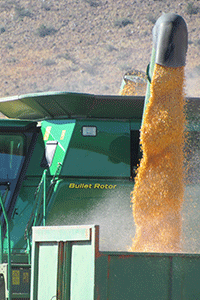
The recruitment of new Grain SA members, as well as the updating of the organisation's database, remains one of the main focus areas. In support of this mandate, Grain SA has developed an electronic authorization form that facilitates the approval of producers for the deduction of authorizations from various agents. Producers are encouraged to complete the online form, thus supporting the organization in its mandate.
Complete the levy authorisation form here
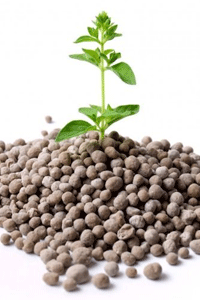
The global community is currently fighting the COVID-19 pandemic, and while the focus is on health, the economic and social implications are far-reaching. This comes at a time where the global economy was already sluggish. Since March 2020 when the pandemic hit South African shores, the Rand took a nosedive. This has a great impact on imports and this article illustrate the implications of a depreciation in the Rand on chemical and fertilizer prices.
Tables 1 to 4 show trends in the prices of international agricultural chemicals (active ingredients) for a year and over a monthly period. For the period April 2019 to April 2020, the Rand depreciated by 31%, while depreciating by 10,9% from March 2020 to April 2020, with the impact illustrated below.
Insecticide prices in dollar terms, mostly saw significant decreases over a year (Table 1) and generally, the trend should collerate in Rand-terms, however because of the weak Rand, chemicals like Carbofuran, Acetamiprid and Chlorpyrifos are showing an increase.
Table 1: Yearly Insecticide Prices: International in Dollar & Rand value
International insecticide prices ($) (Table 2) also decreased month-to-month for most except Cypermethrin which rose by about 15%. However, an upward trend emerged in domestic prices (R), with an increase of 4.4% up to 28% for all chemicals, as a result of the weak Rand.
Table 2: Monthly Insecticide Prices: International in Dollar & Rand value
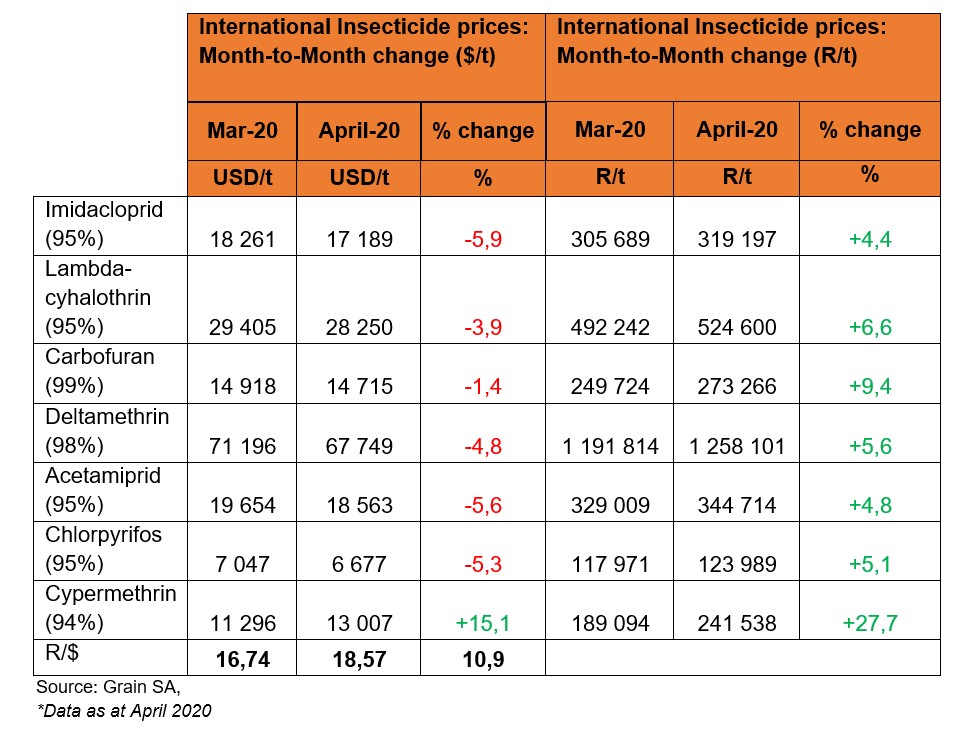
Yearly herbicide prices (Table 3) indicate a general decrease in the prices of all active ingredients except Trifluralin that has increased in dollar-terms. Oppositely, in Rand-terms, prices increased 7% to 51% over the year duration from April 2019, except for Atrazine, which shows a minor decrease. These increases in Rand-terms can again be attributed to the weaker Rand.
Table 3: Yearly Herbicide Prices: International in Dollar & Rand value
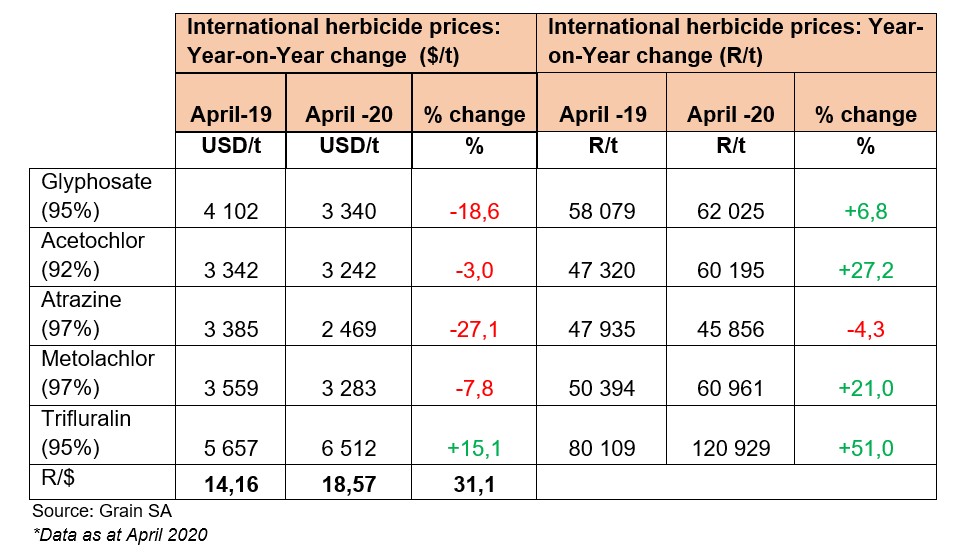
Monthly herbicide prices from March to April 2020 (Table 4) indicate a decrease in some prices, while others are increasing in dollar-terms. In Rand-terms, a general increase in prices is observed, while the decrease in Atrazine is minor, compared to dollar-terms. These increases in Rand-terms are also attributed to the weaker Rand.
Table 4:Monthly Herbicide Prices: International in Dollar & Rand value
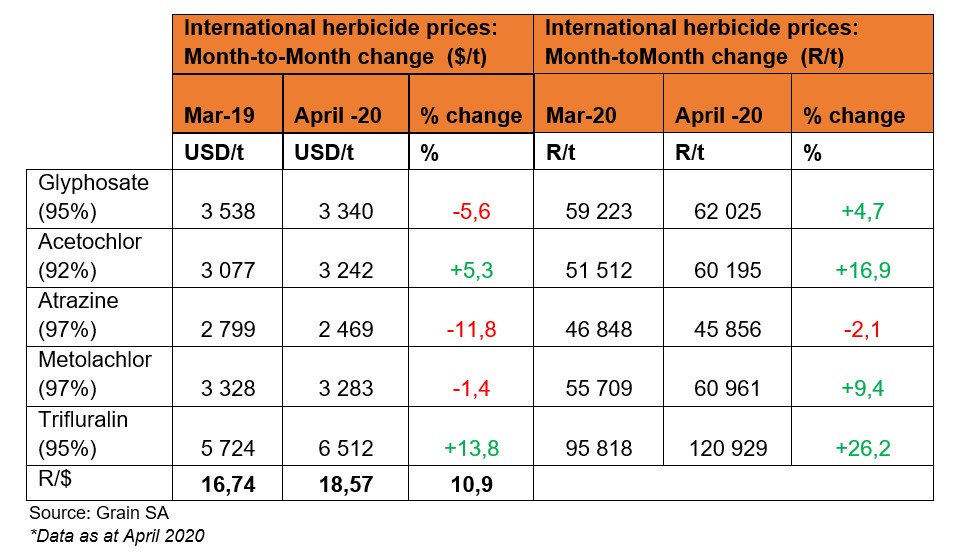
Figure 1 depicts international fertilizer prices in Dollar-terms from April 2019 to April 2020 as well as the Rand/Dollar exchange, for the same period. A general downward trend in international fertilizer prices has been observed. Potassium chloride prices decreased the most at 24.9%, followed by Ammonia 22%, while DAP and Urea decreased by 20% and 6.5% respectively.
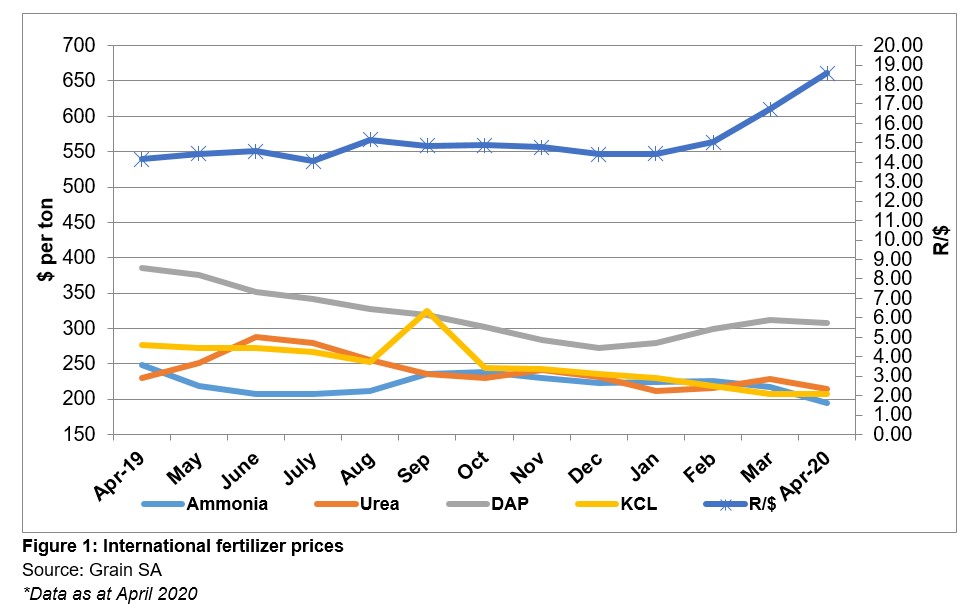
Table 5 illustrates average domestic fertiliser prices in Rand-terms for May 2019 to May 2020 as well as April 2020 to May 2020. The trend is opposite to international prices and shows an increase in fertilizer prices for both the yearly term as well as the monthly period. These increases are the implications of a depreciated rand.
Table 5:Local fertilizer prices
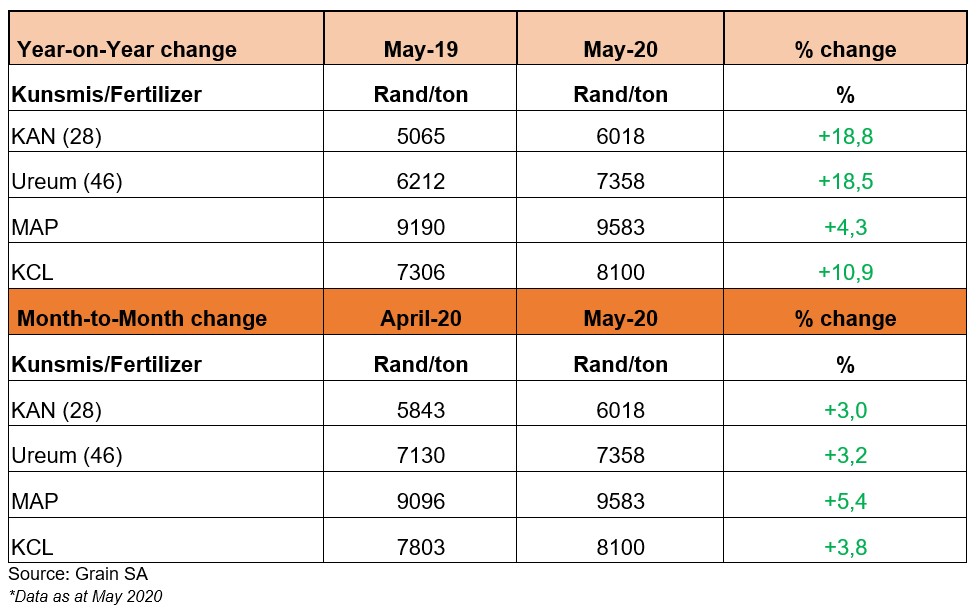
Conclusion
No one knows when or how things will end with this global pandemic, however, it can already be seen that the global economy has hit a hard knock. This brings a lot of uncertainty to the market. Global prices for both chemicals and fertilizer are kept at bay due to uncertainties related to planting as well as the oversupply of some inputs - the only saving grace for South Africa would be a stronger Rand which would give reprieve to producers. Brent crude prices, which also have an impact on international input prices could keep added pressure on prices. The key for the coming summer production season would be the trend in the exchange rate.
Fertilizer monitoring is one of the many projects that Grain SA holds in place for the benefit of grain producers! Grain SA manages and facilitates on an annual basis a fertilizer quality monitoring program that allows members to have their fertilizer samples analyzed and thus ensure that their fertilizers are up to standard.
But what does it really cost our members? To put the Grain SA levy in perspetive, watch the video to find out!
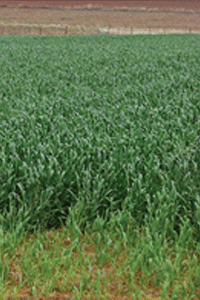
An invitation to tender has been published on the Grain SA website, for the Lease of land for Cultivation and Pasture for a 3-year term from 1 September 2020 to 31 August 2023.